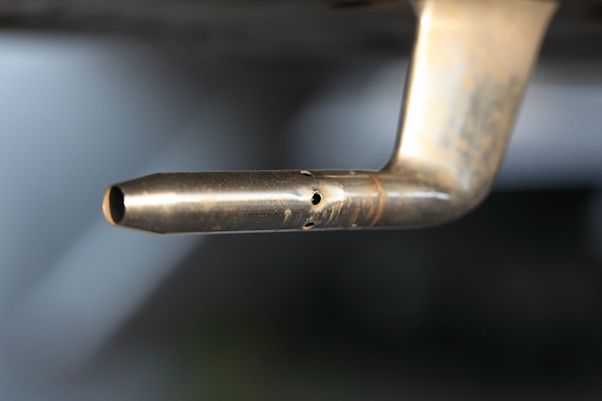Join us and unlock access to personalized features, exclusive content, and more. Fill in the details below to get started.
Episode 2. A journey to PIV measurements at ship scale.
In the beginning, it is important to highlight previous attempts to measure the flow around a vessel. The first and most obvious way to do this is by using the Pitot tube. These tubes were invented by Henri Pitot in 1732 to measure the velocity of air or water. Essentially a differential pressure flowmeter, a Pitot tube measures two pressures: the static and the total impact pressure. Nowadays, Pitot tubes are widely used on aeroplanes and in racing cars. They are also used in the maritime industry in towing tanks to measure the flow around a ship model. However, there are practical challenges to using Pitot tubes on a full-sized vessel: the risk of hitting this delicate tool with a floating object, or the risk of fouling by marine growth. Even for research purposes, the best-case scenario would be to develop a retractable Pitot tube, however, the results of these measurements would be velocity points along a line, not the two-dimensional wake field which is necessary for propeller optimisation.
To be continued...
 Pitot tube
Pitot tube


